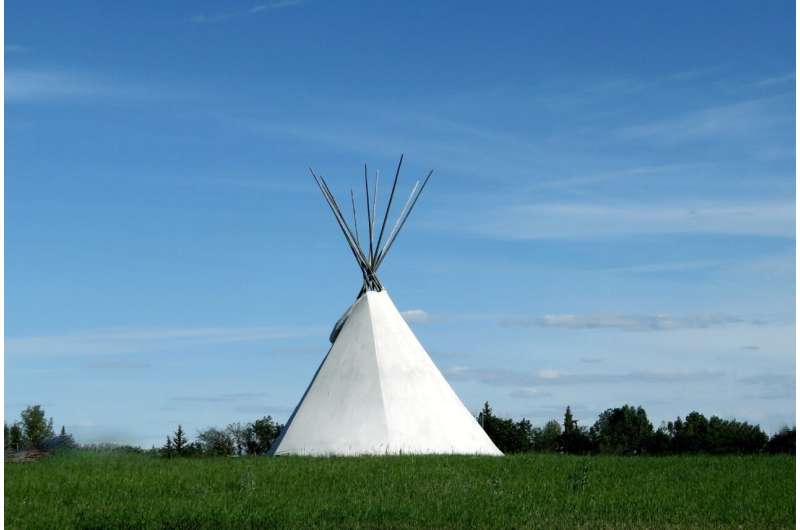
Researchers at the University of Saskatchewan (USask) and University of Calgary have found unusually high rates of Spinal Bulbar Muscular Atrophy, also known as Kennedy’s Disease, a rare neuromuscular disorder, among Indigenous people in Saskatchewan.
The research findings, published in the journal Neurology Genetics, revealed that among people of Indigenous descent in Saskatchewan the rate of Kennedy’s Disease is 14.7/100,000, compared with the average rate of one to two per 100,000. Of the participants in the study in the Prairie provinces, 83 percent self-identified as Indigenous.
“Several of us who have practices in neuromuscular disease in the Prairie provinces and Ontario have suspected that there is a much higher prevalence in our Indigenous population,” said researcher Dr. Kerri Schellenberg (MD), associate professor of neurology at USask and the medical director of the ALS Clinic at Saskatoon’s City Hospital. However, this had not previously been recognized or discussed in the medical literature, and the significance of this observation was unknown.
Kennedy’s Disease is a hereditary disease that affects motor neurons that exit the brain stem and spinal cord into muscles of face, throat, arms, legs, and lungs. It causes weakness, cramps, muscle twitches in arms and legs, and affects speaking, swallowing, and breathing.
The disease is known to have a higher prevalence in certain global populations due to genetic founder effects. A founder effect occurs when a genetic mutation is present within a relatively small population. Over time the mutation can become prevalent as the population grows and affected individuals with the disease share the common ancestor(s).
Schellenberg collaborated with neurologist Dr. Gerald Pfeffer (MD), from the University of Calgary, to do further genetic analysis of patients with the disease. Work by his research team revealed that there are shared genetic markers around the mutation in most of the patients, which shows that the high prevalence is due to a founder effect. His team estimated that the founder lived approximately 250 years ago.
Most people with Kennedy’s Disease in this study identify as Cree and Saulteaux, though not all the people who identified as Indigenous were able to identify their ancestral nations.
When Schellenberg and Pfeffer realized how high the percent of Indigenous patients with the disease was, they reached out to Dr. Alexandra King (MD) and Dr. Malcolm King (Ph.D.), two Indigenous faculty members of USask’s College of Medicine who head pewaseskwan Indigenous Wellness Research Group.
The Kings, with support from pewaseskwan staff, guided them on how to engage in a culturally safe manner with the patients. They helped by creating a Community Guiding Circle and assisted with meeting during which the research findings were shared with the participants.
“Before we presented the information to anybody else, we had a meeting with the participants of that research study. We presented it and then we sat down and listened. It became clear that this was of strong interest to people, and they wanted to see the project move forward,” Schellenberg said.
Source: Read Full Article
